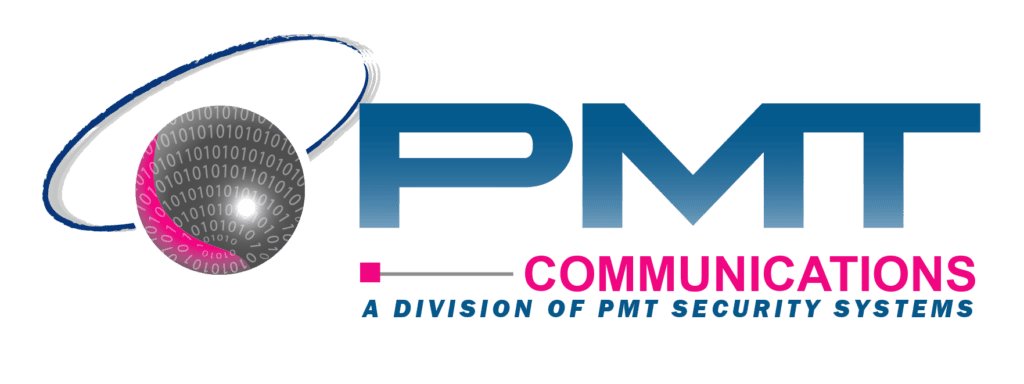Mark Your Calendars: August 31, 2024
Telstra will shut down its 3G network on August 31, 2024, to enhance 4G and 5G services. Users need to ensure their devices are compatible with newer networks to avoid disruptions.
Check Your Devices
1. Medical Alerts and Monitoring Devices
Many medical alert systems and monitoring devices rely on the 3G network. These devices include personal emergency response systems (PERS) used by elderly or disabled individuals to call for help. If these devices are not updated to support 4G, they may fail to operate correctly, potentially putting users at risk during emergencies. It’s essential to contact your medical device provider to check for compatibility and upgrade options.
2. Smart Watches and Wearables
Smartwatches and other wearable devices, particularly older models, may depend on the 3G network for connectivity. Devices like fitness trackers, health monitors, and smartwatches often use cellular networks to sync data and provide real-time updates. Ensure that these devices support 4G LTE networks to maintain their functionality. Check the manufacturer’s website or user manual for compatibility details, and consider upgrading to newer models if necessary.
3. Internet of Things (IoT) Devices
IoT devices such as EFTPOS terminals, industrial routers, smart meters, and security systems often use the 3G network for communication. These devices play a critical role in various industries, from retail to manufacturing. For example, EFTPOS terminals used in retail stores for card transactions and smart meters used in utility management need to be 4G-compatible to continue functioning. Contact your service provider or the device manufacturer to verify compatibility and upgrade your equipment as needed.
4. Home Phone Services in Remote Areas
In remote and rural areas, some home phone services rely on the NextG Wireless Link, which operates on the 3G network. Telstra has committed to upgrading these services to 4G before the 3G shutdown. If you live in a remote area and use this service, Telstra will contact you regarding the upgrade process. Ensure your contact information is up-to-date with Telstra, and follow their instructions to transition smoothly to the 4G network.
5. Vehicle Telematics and Tracking Systems
Many vehicles, especially older models, use 3G-based systems for navigation, tracking, and emergency response. These systems include GPS units, fleet management tools, and telematics devices used by logistics companies. To avoid disruptions in service, check with your vehicle manufacturer or telematics provider to see if your system is compatible with 4G networks. If not, inquire about available upgrades or replacement options to maintain seamless connectivity.
Steps to Take
- Identify Affected Devices
Review all your devices to determine if they support 4G VoLTE. This includes checking user manuals, contacting manufacturers, and using online resources to verify compatibility. - Update or Replace
If your devices have available software updates, apply them to ensure 4G support. For devices that cannot be updated, consider replacing them with newer models that are 4G-compatible. - Consult with Providers
For critical devices such as medical alerts and IoT systems, contact your service providers to confirm they will continue to operate on 4G networks. They can provide guidance on necessary upgrades and replacements.
By proactively checking and upgrading your devices, you can ensure a seamless transition and continued connectivity. For more information, visit Telstra’s 3G closure support page.
